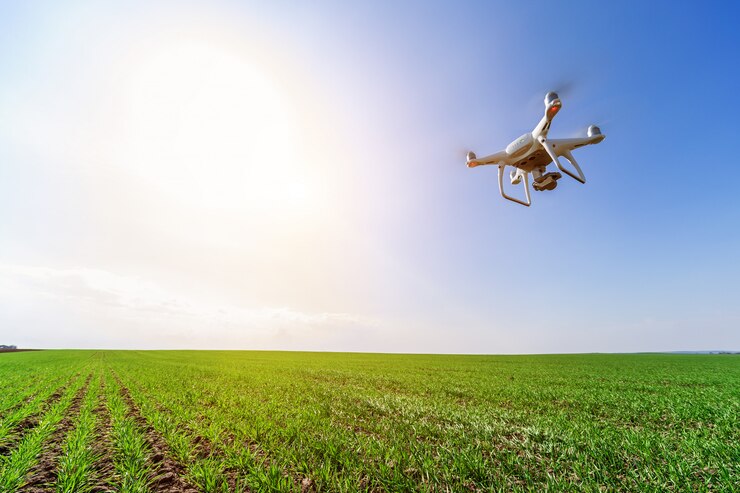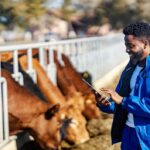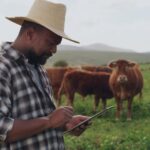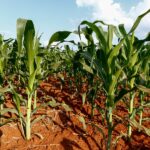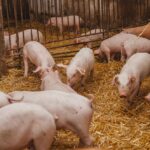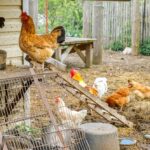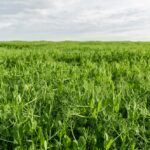The adoption of drone technology is revolutionizing agriculture in South Africa, allowing farmers to monitor their crops with greater precision and efficiency. With challenges such as climate change, pest infestations, and water scarcity, drones are providing innovative solutions that enhance productivity and reduce costs. By offering real-time aerial surveillance, detailed crop analysis, and automated field management, drones are transforming the way South African farmers approach modern farming.
1. Real-Time Crop Monitoring
Drones equipped with high-resolution cameras and multispectral sensors provide farmers with an aerial view of their fields, allowing them to detect early signs of disease, pest infestations, or nutrient deficiencies. Instead of manually inspecting vast farmland, farmers can use drones to quickly assess crop health and take corrective measures before problems escalate.
2. Precision Agriculture for Efficient Resource Use
Drones help optimize the use of water, fertilizers, and pesticides by identifying specific areas that need attention. With AI-powered data analysis, farmers can apply treatments precisely where needed, reducing waste and minimizing environmental impact. This targeted approach leads to healthier crops, higher yields, and cost savings.
3. Improved Irrigation Management
Water scarcity is a major challenge in South Africa, making efficient irrigation crucial. Drones equipped with thermal imaging sensors can detect variations in soil moisture levels, helping farmers adjust irrigation schedules and avoid overwatering or underwatering. This ensures optimal water usage and prevents crop stress caused by inconsistent hydration.
4. Early Pest and Disease Detection
Pest outbreaks and plant diseases can devastate crops if not addressed quickly. Drones can capture detailed images and use AI to detect abnormalities in plant coloration or growth patterns, signaling potential threats. Farmers can then apply targeted pest control measures, reducing the need for widespread pesticide use and protecting their yields.
5. Mapping and Land Analysis
Drones generate highly accurate maps that assist farmers in land assessment, soil analysis, and crop planning. With GPS-enabled technology, drones can provide 3D models of farmland, helping farmers understand terrain variations and identify the best planting strategies. This is particularly useful for large-scale commercial farms looking to maximize land efficiency.
6. Automated Crop Spraying
Drone technology is making pesticide and fertilizer application more efficient through automated crop spraying. Equipped with precise spraying mechanisms, drones can distribute chemicals evenly across fields, reducing human labor and ensuring consistent coverage. This method is not only faster but also safer, as it minimizes farmers’ exposure to harmful chemicals.
7. Harvest Planning and Yield Estimation
By collecting data on plant health and growth stages, drones help farmers predict harvest times and estimate crop yields more accurately. This enables better planning for labor, storage, and distribution, reducing post-harvest losses and ensuring a steady supply to markets.
The Future of Drones in South African Farming
As drone technology becomes more affordable and accessible, its adoption in South African agriculture is expected to rise. Government support, agritech innovations, and partnerships with drone service providers are making it easier for farmers to integrate drones into their operations.
By embracing drone technology, South African farmers are improving efficiency, reducing costs, and boosting productivity. With real-time surveillance, precision farming, and data-driven decision-making, drones are set to play a crucial role in the future of agriculture, ensuring food security and sustainability across the country.
Join 'Farmers Mag' WhatsApp Channel
Get the latest Farming news and tips delivered straight to your WhatsApp
CLICK HERE TO JOIN
